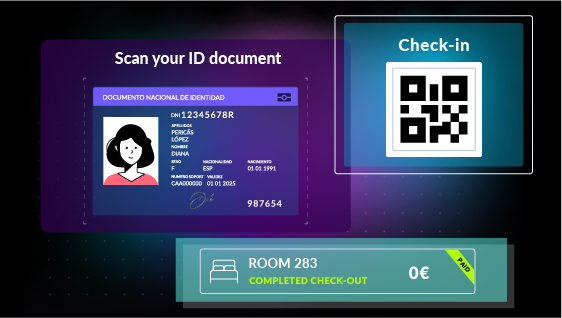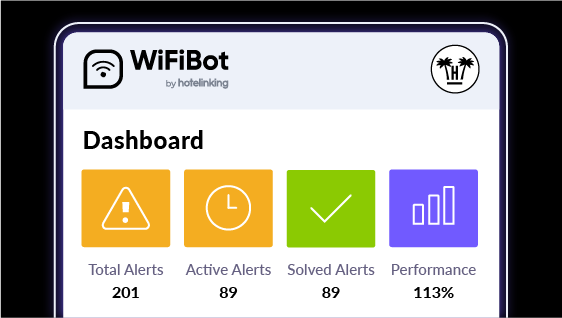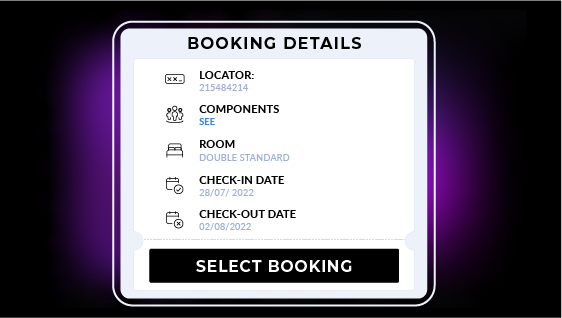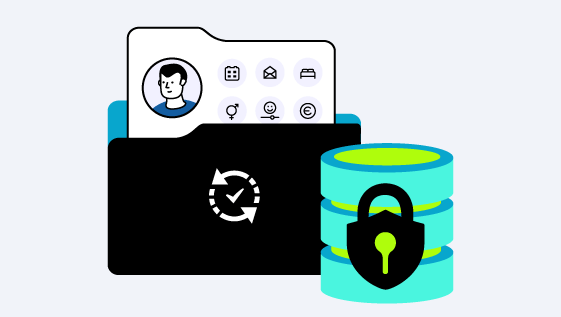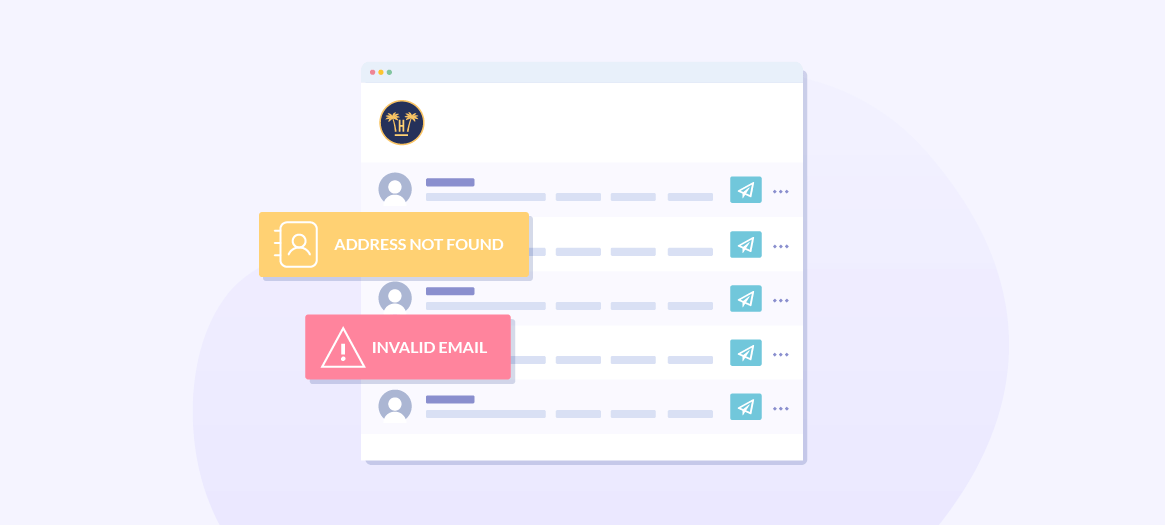
Email Marketing Guide: What to consider before launching email marketing campaigns.
Before starting an email marketing strategy, the data verification and cleaning process is very important so as not to damage the reputation of the hotel brand domain.
With the right email marketing strategy, it is possible to attract guests back through the direct channel. The commission paid to an OTA versus the cost of a Hotel Data tool and the email marketing tools is enormous. But costs are not the only difference: as previously explained, the other primary sources of traffic to generate direct sales, often do not attract repeat guests but new customers. Hence, they help neither to reduce CAC nor to redirect each guest to the hotel brand’s direct channel for potential future reservations.
Email marketing is the most suitable channel to encourage guest loyalty, brand awareness and, of course, direct sales. Remember that the ROI of this tool is one of the highest in the digital marketing world.
However, before we begin to conceive a strategy or email marketing campaigns calendar, a certain amount of planning is needed as well as the know-how to create effective emails that help you reach your conversion goals without losing any engagement with your customers.
Before you actually send any marketing email, you must verify and clean your data: you must avoid at all costs that when launching an email marketing campaign there are fake, invalid or misspelt email addresses. The main risk is severely damaging the hotel brand domain’s reputation.
There are mainly two elements that affect the reputation of any domain:
- Spam reports by the contacts
- Email bounce ratio
The main danger of going over the limit of any of the two risk factors is that the ISP (Internet Service Provider) blocks the emails. It really is a totally undesirable situation that the contacts on the lists do not receive the communications sent by the hotel brand.
It takes a lot of work to build a good domain reputation, but this can be quickly destroyed. Therefore, it is something that requires a lot of attention and care from the very first moment.
Contacts reporting spam.
It’s acceptable to receive between one and three complaints per every 1,000 emails sent. If you go over the industry’s standard threshold (0,02 % complaints out of a massive emailing) and, in addition to that, contacts keep receiving email campaigns in the future, the ISP will immediately block the reception of emails coming from the same domain. Once you go over the limit and are blocked by the main ISP, reverting the situation is undoubtedly challenging.
The industry’s set threshold is 0,1 % as the maximum ratio allowed for spam complaints. Based on this situation, most CRMs or email marketing tools will suspend the account to prevent further campaigns from being sent, even before the said limit is reached. We must consider that many of the leading ISPs start delaying the delivery of emails when they identify spam complaint ratios close to 0,01 % (a spam report for every 10,000 recipients). It truly is an issue that is taking very seriously by the email business community.
Which are the main reasons for a contact to report that the email received is perceived as spam:
- Inability to identify who is sending the email: it can happen most of all to hotel chains or when the corporate name is other than the property’s. It may happen that a guest who stayed at “Hotel Costa Blanca” does not recognise an email received months after checking out sent by “Hoteles Arena de Plata”. Most of the times, the guest recognises and remembers the name of the property; still, they seldom remember the business name of the hotel chain, unless it’s highly recognisable such as Marriott or Hilton.
- The content doesn’t seem suitable: whenever the communication is directly related to the services consumed by the guest, it shouldn’t be a problem. A clear case of spam would be sending a hotel brand’s customer communications with services related to car rentals or the purchase of flights. If the design itself has a low quality, it could also be reported as spam since it doesn’t meet the expectations of the recipient himself.
- The email frequency is not right: sending too many emails in a short time, without having built a relationship of trust between the brand and the guest. To consolidate a relationship of trust through the email marketing, we need a “warm-up” strategy. If we choose not to implement any warm-up strategies, or we don’t due to a lack of awareness, we may increase the number of spam reports by recipients.
However, if the email frequency is very low, the recipient may forget about us if the relationship is not solid enough. Warm-up strategies usually start with communications at the right time during and after the stay which, usually, do not intend to promote products or services but to add value to the guest. It’s often from three to four communications during the stay.
In terms of post-stay communications, depending on the segmentation capability based on the Hotel Data generated, we can send from two to three monthly communications. Thanks to the integrations set between the email marketing tool and the booking engine, it’s possible to link new reservations generated after the emailing of campaigns to each contact. Moreover, advanced segmentation enables to exclude those contacts that have recently booked so that subsequent campaigns don’t reach them. In this way, we can preserve contact lists for a long time. If there isn’t an option to exclude the contacts that have recently booked, sending subsequent campaigns will only annoy the contact, who will therefore unsubscribe and won’t receive future campaigns.
- Doesn’t know how to unsubscribe: any email marketing tool nowadays enables to add a button to unsubscribe easily. It’s a big mistake not to give the option to stop receiving future communications in any communication sent because it will probably end up being reported as spam.
Email bounce ratio.
It’s the most critical factor to consider, even more than spam reports. It’s normal to receive bounced emails per every campaign sent, but if the percentage over the total is near 5 %, ISPs will start to bock the reception of emails by the domain in question. There are several bounce levels, but the most problematic one is the so-called hard bounce. When an email is reported as hard bounce, what really happens if that the email is returned as it’s been detected as invalid.
Main causes of the most severe bounce report, technically called hard bounce:
- Old emails
- Fake emails
- Misspelt emails
In all those properties where a professional Hotel Data generation system has been implemented, none of the previous three cases will take place often enough to generate a negative impact. Thanks to the verification of emails in real-time, emails are delivered an average 98 % plus of times and the hard bounce ratio never exceeds the 1 % of the total. Very safe levels that will not raise the ISP’s blocking alarms.
So, when are we subject to raising the ISP’s blocking alarms for reaching high hard bounce levels in the hotel sector?
Mainly, when importing databases from systems that don’t have verified data. When it comes to the hotel industry, the main source of unverified data usually is the PMS. The reason is that since there isn’t an automated and professional Hotel Data generation tool, data is often compiled manually during the check-in process. This data gathering method increases the possibilities of creating a database that contains fake emails or emails with mistakes. In fact, hard bounce percentages when using this method are over 40 % of the total.
Also, the manual system hardly ever achieves levels over 20 % or 30% versus the 85 % of a professional and automated Hotel data tool.
Last, here’s a tip: whenever there’s historical data gathered manually in the property’s PMS or any similar system, it is fundamental to clean the database with an email verification tool (such as Neverbounce, Respona or Hunter) before using the imported list to send an email marketing campaign.
>> It is key to verify and clean data to maintain a good domain reputation and so that emails reach their recipients with no issues. We’ve already addressed how spam reports affect the reputation and the main reasons why an email is perceived as such. In the next article, we’ll give you three practical golden rules so that your emails don’t end in the feared spam folder.


